By Sufuyan Ojeifo
Between February 19, 2018 when the Dapchi schoolgirls were abducted by supposed Boko Haram insurgents and Wednesday, March 21, 2018, when the news broke that 101 of them had been released, I had offered perspectives on the incident in two articles. The first was titled: “Chibok and Dapchi girls: The whoredom of Karma” while the second was titled: “Gbomogbomo as metaphor”.
The second article, in particular, provides the take-off point for the current intervention. Therein, I had expressed a concern at the role abductions of schoolgirls play in our presidential politics. My thesis was that our abducted schoolgirls in the northeast zone have become objects of political bargain in the hands of our modern day real or prearranged gbomogbomo, a Yoruba word transliterated as stealer of children.
I recalled how the abduction of Chibok schoolgirls on April 14, 2014, about a year to the 2015 presidential election, shattered President Goodluck Jonathan’s administration and created a yawning security hole in his re-election effort. The opposition All Progressives Congress (APC) would latch on to it to promise us maximum national security.
The APC administration under General Muhammadu Buhari has been in a hurry to prove that it has fulfilled its promise. Its claim of having technically defeated the Boko Haram insurgents accords with its promise. But the claim is not in pari materia with the evidence on the ground. How secure are the schoolgirls today? Schoolgirls’ abduction has combined with killings by Fulani herdsmen to rubbish that electoral promise.
The Buhari administration has had its share of security embarrassment with the abduction of the 110 Dapchi schoolgirls. How does one explain the fact that this happened about a year to Buhari’s re-election enterprise similar in form and tenor to the Chibok happenstance under the Jonathan administration? Karma?
Besides, the Chibok schoolgirls’ abduction saga was a loot opener of sorts. When the reality dawned on the Jonathan administration that the abduction had caused it a collateral damage, it became desperate and decided to throw money at the incident in the context of its sheer atrociousness. It was a challenge to national sovereignty that the Boko Haram terrorists would gleefully announce that they had annexed a part of Nigeria.
Even though the saga unfolded and fitted perfectly into the opposition’s grand design to sink the Jonathan administration, some top-placed officials and military chiefs capitalised on the development to corner mega bucks in the guise of negotiating with Boko Haram insurgents and procuring hardware for military operations to rescue the Chibok girls and flush out the insurgents from the northeast zone.
The diversion of billions of naira meant for hardware has since been confirmed by the Buhari administration, which has been working on recouping the stolen funds from some former military chiefs and other entities that unjustifiably accessed the security budget through the office of the National Security Adviser (NSA) then superintended by retired Colonel Sambo Dasuki.
It is also difficult to fault the assumption that the fight against Boko Haraam insurgency has provided potential fifth columnists in successive administrations with opportunities to make money through contracts for the purchase of hardware, funding of military operations and negotiations with insurgents for release of abducted schoolgirls.
That exactly is the point. The real insurgents and the prearranged gbomogbomo know that the schoolgirls represent the heart of the insurgency matter. Abducting them has become an attention-getting strategy to blackmail successive administrations. Global and national sensibilities are quite easily evoked because of the existential threat that the insurgents pose to the femininity of the schoolgirls who are prone to sexual abuses.
I doubt if the abduction of schoolboys would attract such human sympathy. Do we still remember the 59 schoolboys that were killed by the Boko Haram insurgents in Federal Government College, Buni Yadi in Yobe state on February 26, 2014? That was before the Chibok tragedy of April 14, 2014. Those who invaded Dapchi knew perfectly where to strike and get the whole nation immersed in frenzy: the schoolgirls.
But whether the Dapchi abduction was real or simulated is worthy of interrogation. I personally believe that the girls were evacuated from their school in curious and controversial circumstances. There were purported intelligence reports that Boko Haram insurgents were going to strike. Yet, the military allegedly withdrew from Dapchi, claiming to have handed over the town to the Police after it had safely secured it. But the Police had reportedly rejected the claim.
The import of that was that those who evacuated the schoolgirls had free ingress and egress at Dapchi. The 12-man committee set up by the Buhari administration to investigate the circumstances surrounding the Dapchi schoolgirls’ abduction is expected to come up with some damning reports. The committee must put its nose to the grindstone and do the needful.
The committee should not be distracted by the fact that 101 of the schoolgirls had been returned to Dapchi. It should even take administrative notice of the curious return of the schoolgirls. The military troops were not in Dapchi when the girls were returned. Were the troops told to back off to enable those who evacuated the girls to return them safely?
Was the return of the schoolgirls by installments a strategy by those who evacuated them to ensure that the administration or the military show fidelity to the terms of release of the girls? There are nine girls yet to be returned. I am at great pains to divorce the incident from politics, especially against the backdrop of Buhari’s self-assessment that his administration responded better than Jonathan’s when the Chibok schoolgirls were abducted in 2014.
Is it not probable that the Dapchi abduction and the release of the girls by installments could have been simulated to portray the Buhari administration as more responsive and committed to the rescue of abducted schoolgirls supposedly by Boko Haram insurgents, especially after the administration’s disastrous response to the killings by Fulani herdsmen in Benue in particular?
To deflect the suggestion of a conspiracy theory, the president must address the nation on how the return of the schoolgirls was achieved or negotiated. Sincerely, it would not be too much of an obligation by the administration to tell an obviously cynical citizenry how 101 Dapchi schoolgirls were returned to base just as they were evacuated without ado.
This saga of abduction and release of the schoolgirls within a space of 32 days is, without a doubt, curious. It is incredible. It has all the trappings of a sham rescue or a shambolic release. It behoves the administration to help us understand the jigsaw puzzle of the seamless Dapchi schoolgirls’ abduction and their release.
If it was a contrived abduction and release by some prearranged gbomogbomo or a real abduction and negotiated release of the schoolgirls, the administration must come clean. If there was real negotiation, the administration must tell us how much was involved and how much more would be invested to secure the release of the remaining nine schoolgirls.
This is inevitable against the backdrop of the approval given by the National Economic Council (NEC) in December 2017 to the administration to withdraw $1 billion from the Excess Crude Account (ECA) to fight Boko Haram insurgency in the northeast zone. Part of the money would have gone into the Dapchi debacle. Accountability is, therefore, imperative. Nigeria cannot continue to be conned on the pretext of tackling a seemingly intractable insurgency.




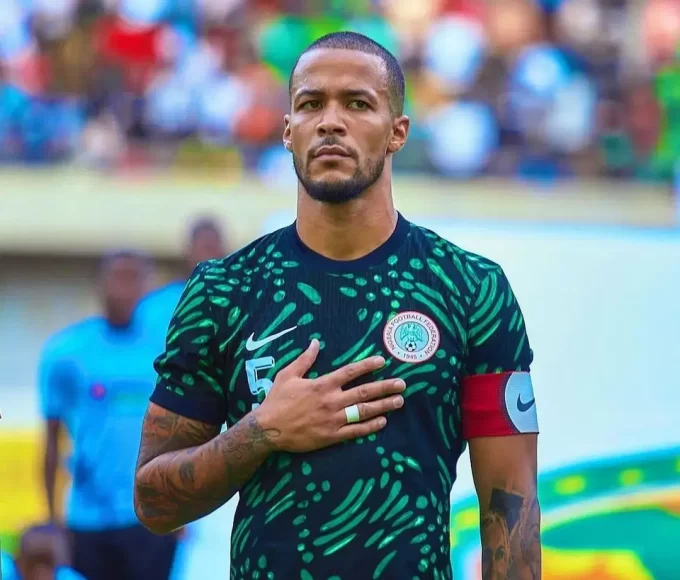





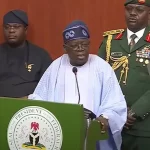


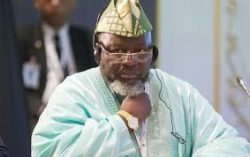




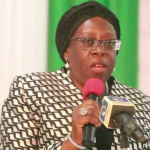
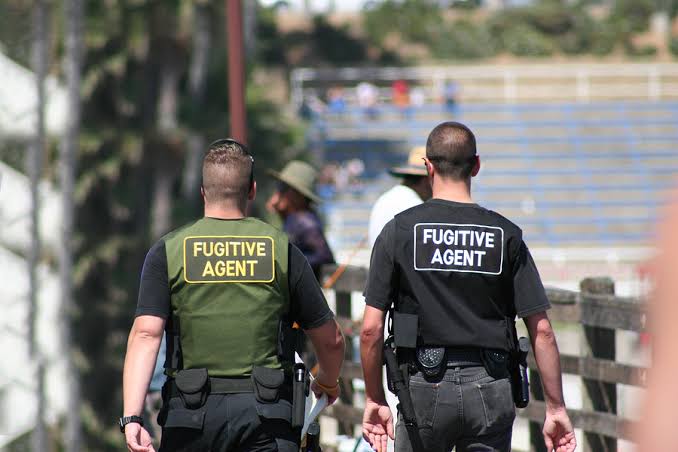
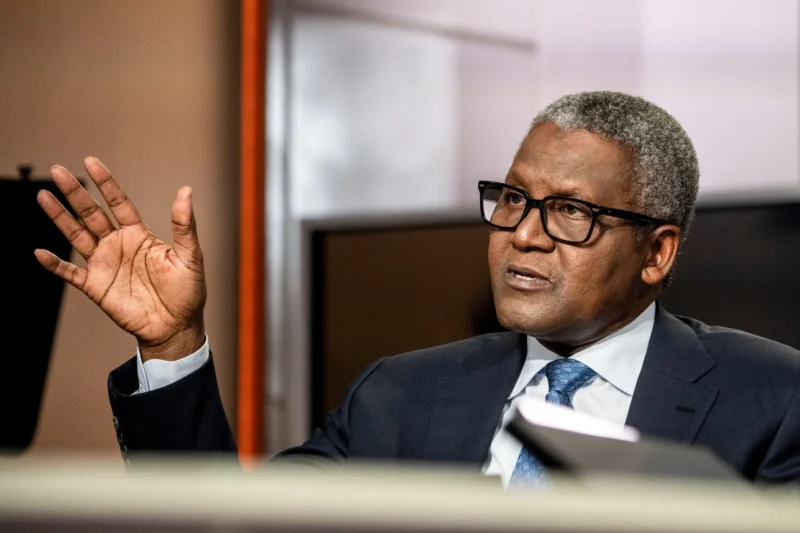
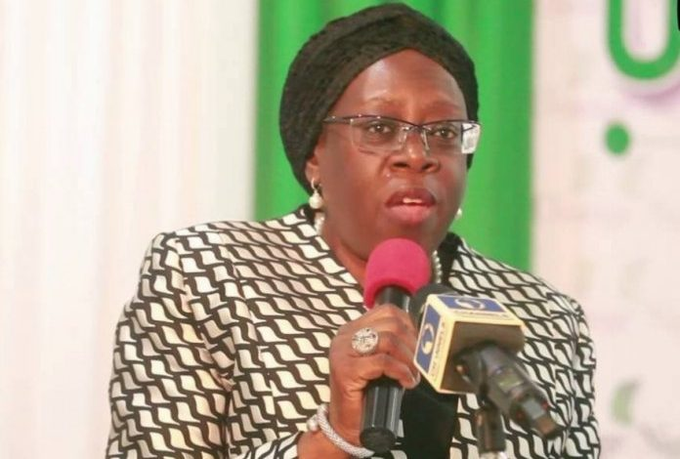
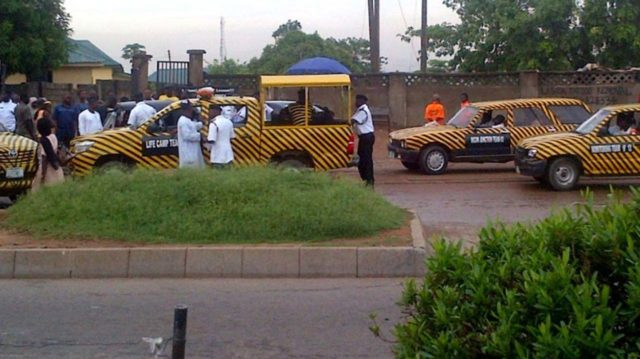
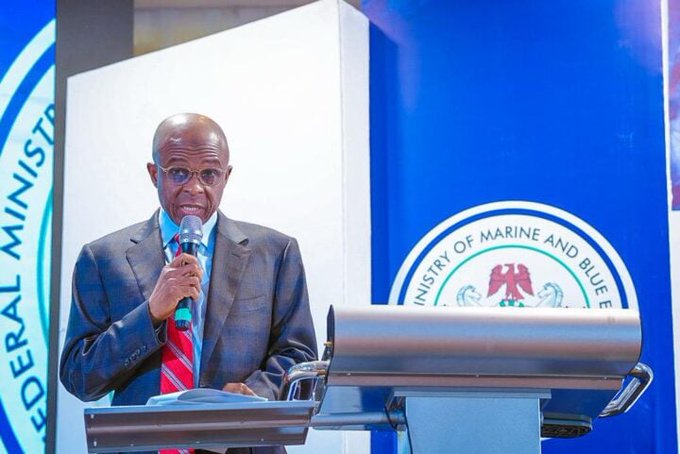
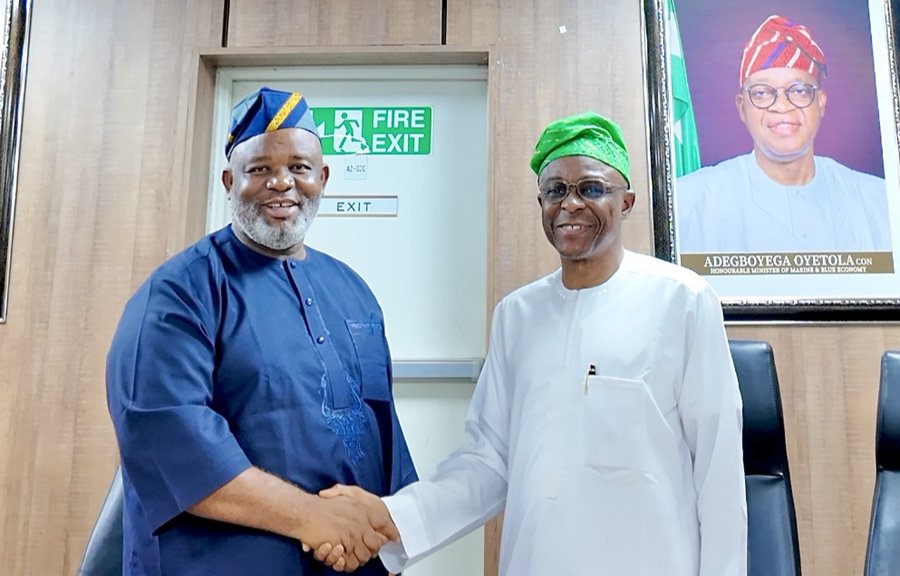
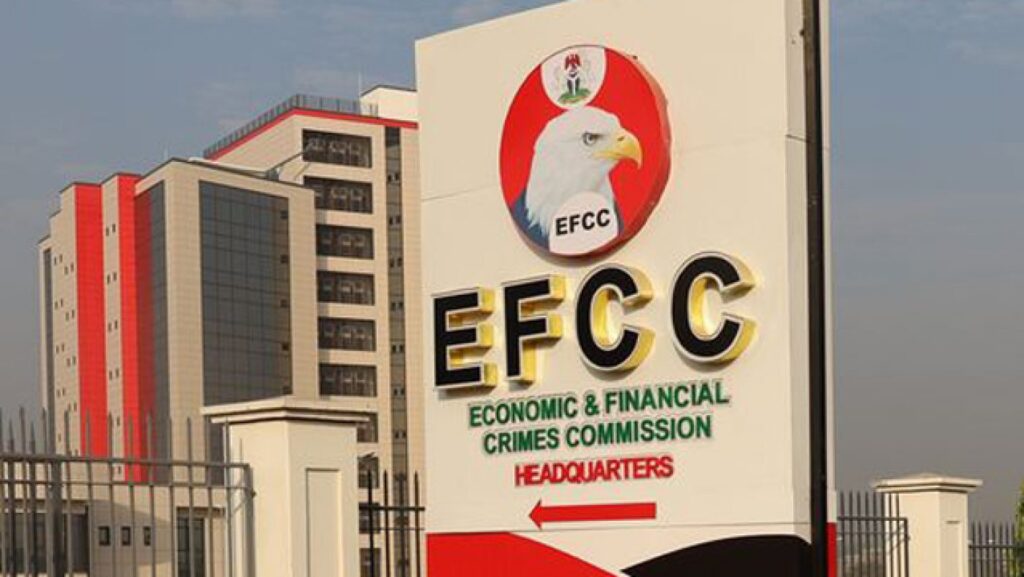

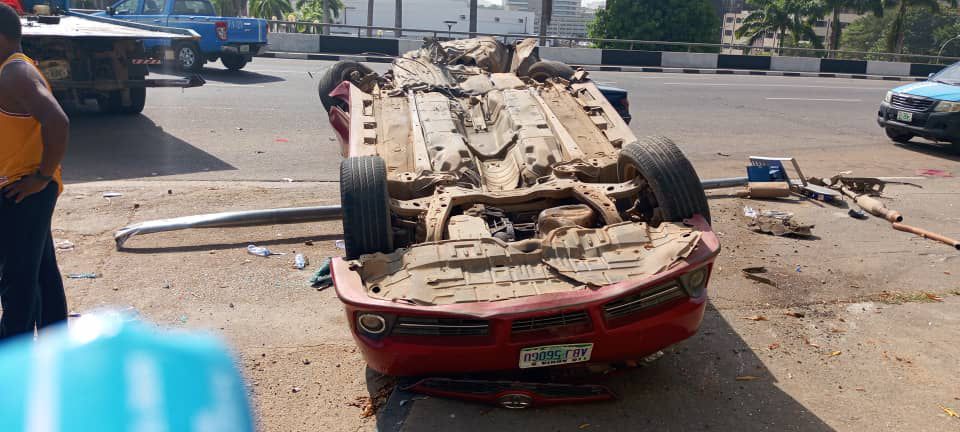
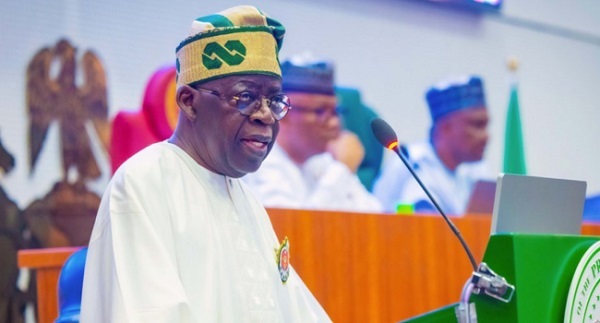
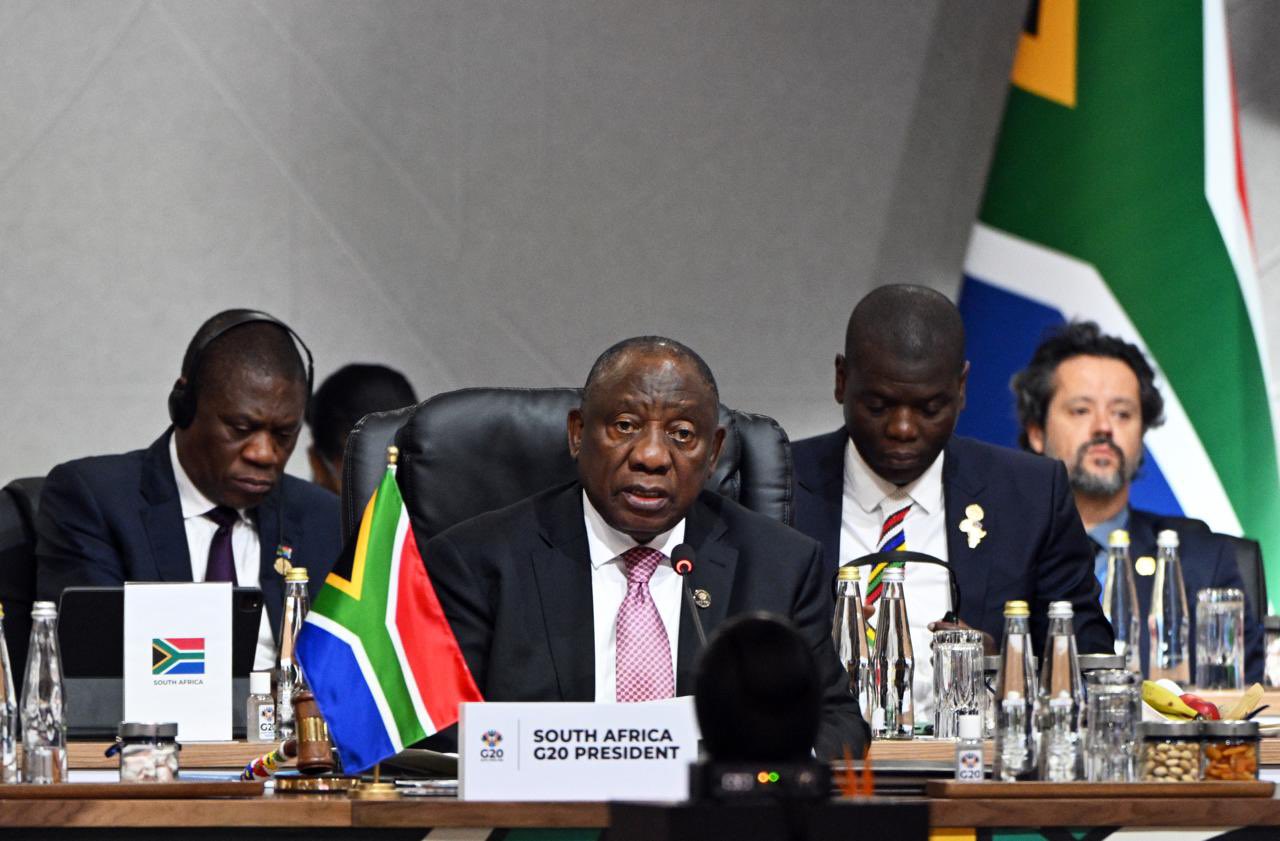
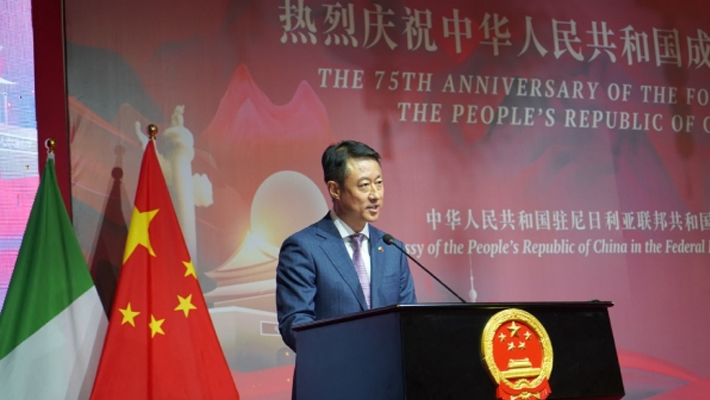
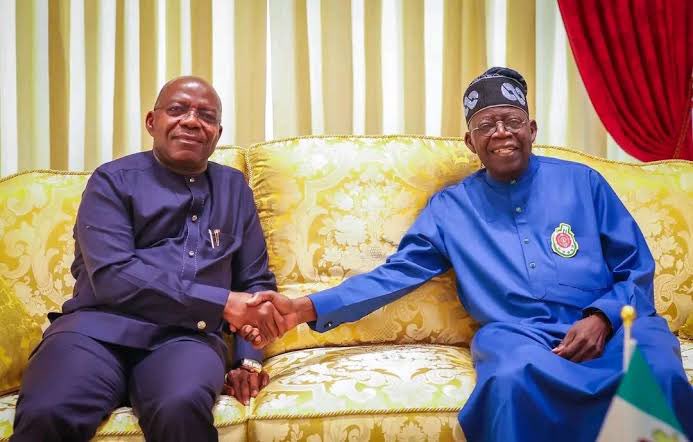
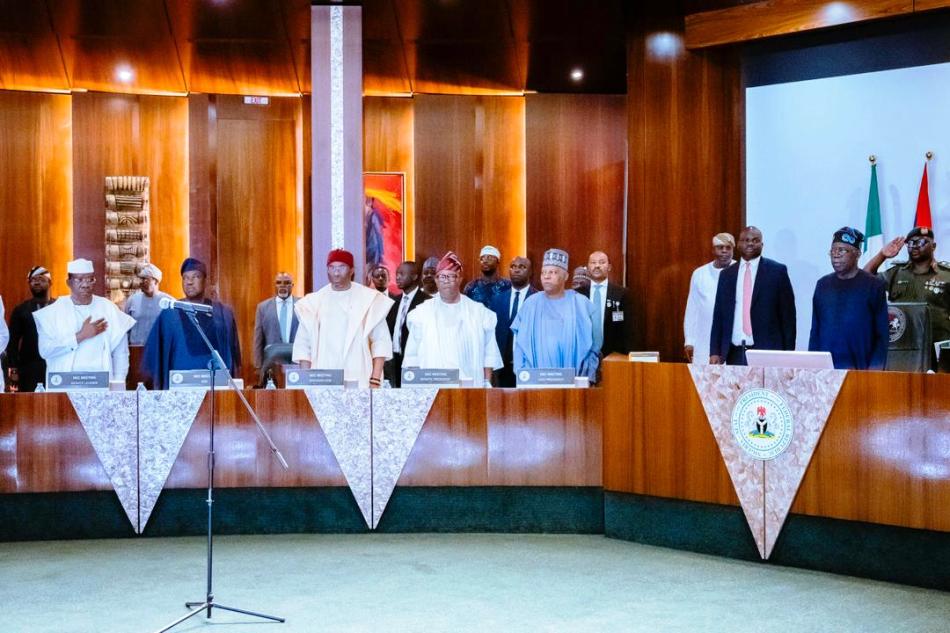

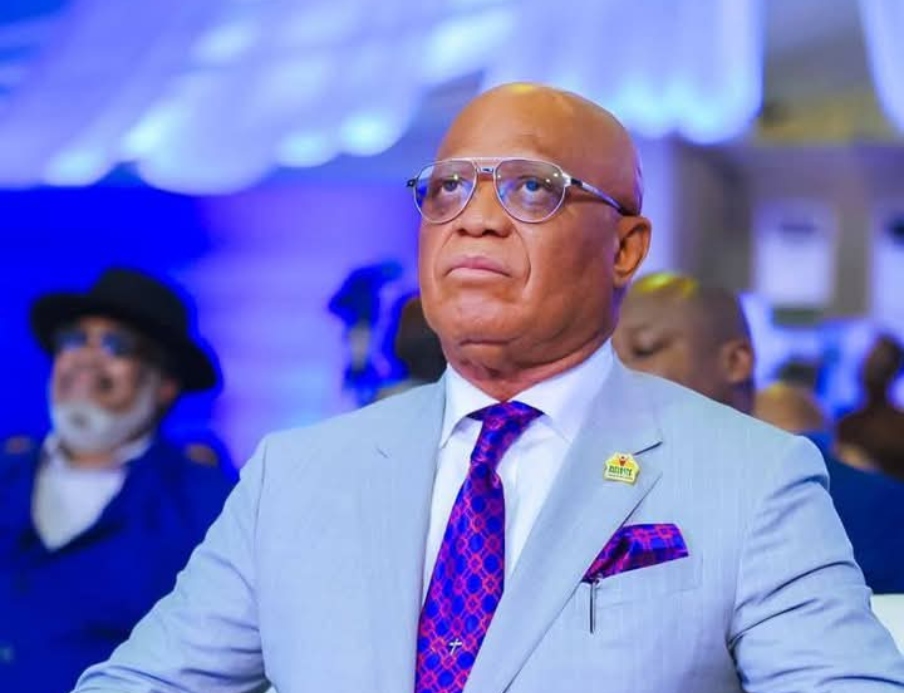



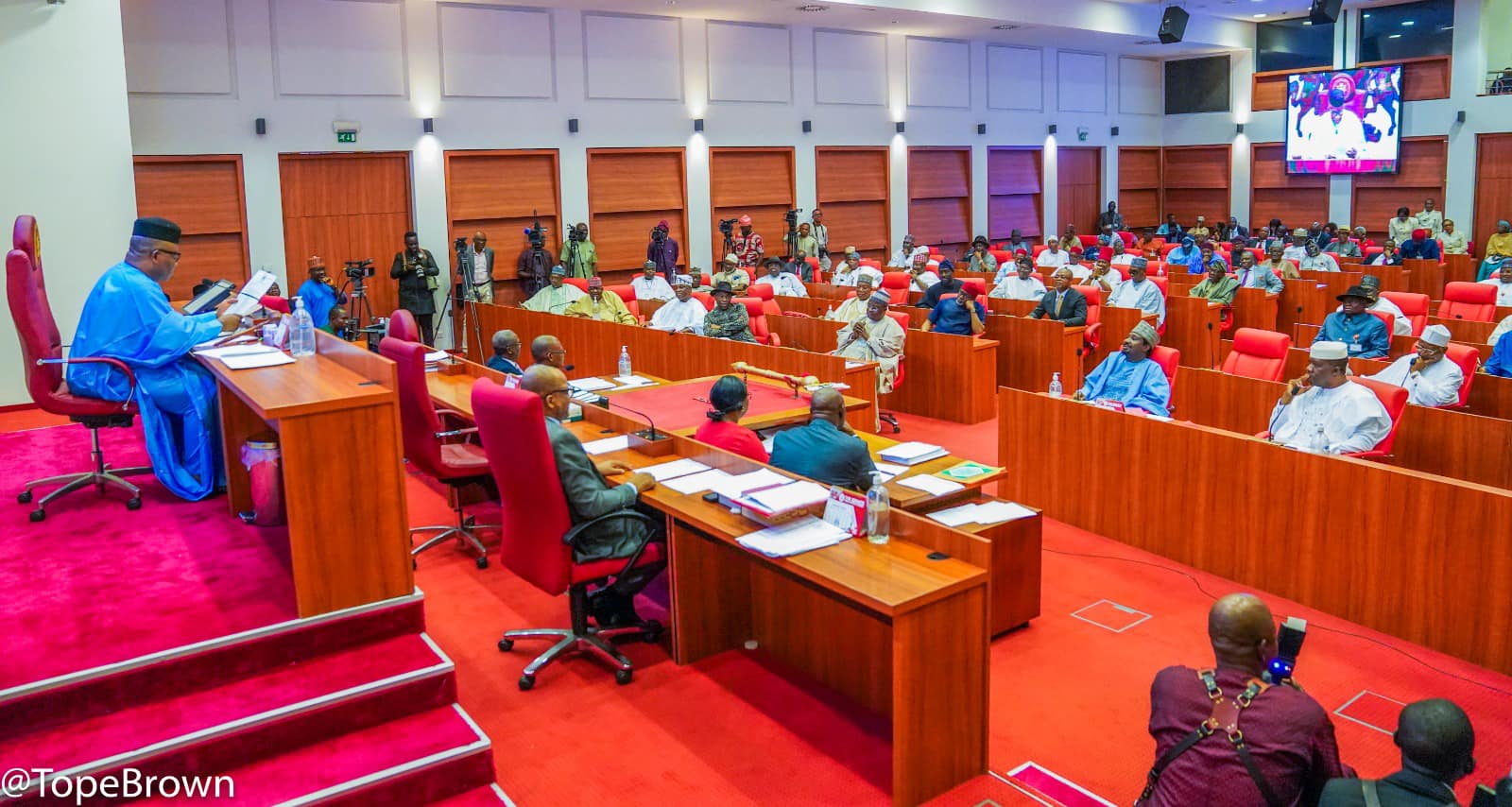
Leave a comment